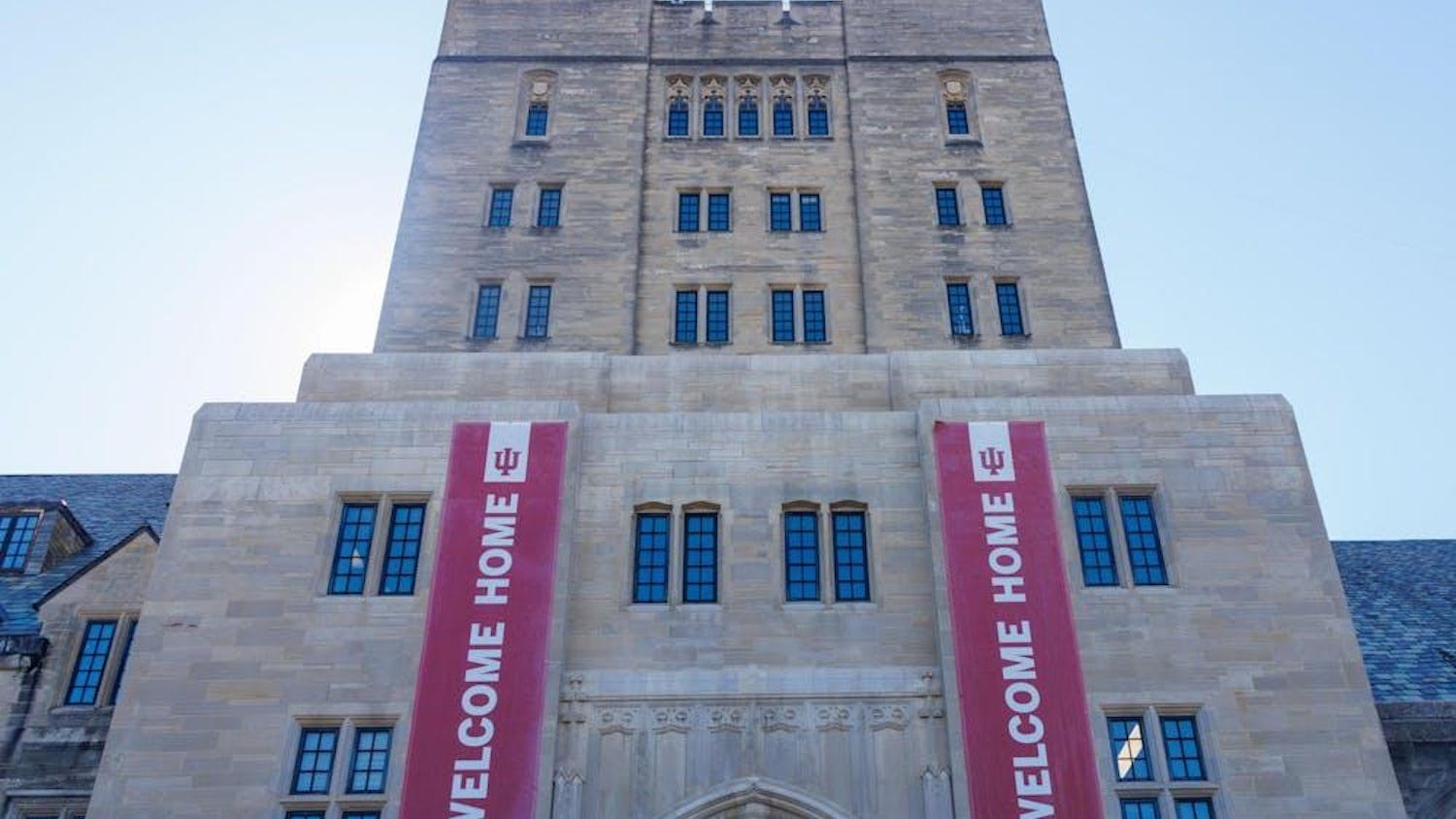The SoFA Gallery’s new exhibit, The Photography and DART (digital art) Area Show, features artwork created using both computers and old-fashioned equipment.
Photography student Becky Drolen said digital cameras and editing software have started to merge photography with digital art, fogging the distinction between the two.
“I think there’s some lines that can be blurred,” she said. “I think with Photoshop and digital technology, the line gets a little hazy.”
The photography pieces in the exhibit cover a wide range of photographic techniques, some traditional and others bordering on digital art. Drolen’s piece uses self-portraits taken with film.
“The photos are very whimsical, and the connection to reality borders on surrealism,” she said.
As more and more artists use digital equipment, Drolen said some have resisted, using antique methods dating back before film as a statement against technology.
“We want people to use manual photography,” she said. “But for film photography, supplies are getting harder to find and more expensive because there’s less demand.”
Photography professor James Nakagawa said that no matter how students produce their photos, the program emphasizes that they find their own voice as an artist.
“They’re critical that they’re making art that says something and not just a pretty picture,” he said.
Leslie Sharpe, assistant professor of digital art, believes that using technology allows artists to become more innovative.
“Many people don’t really know how many things can be possible with digital technology,” she said.
DART student Aaron Higgins created a piece dealing with memory and sound. Viewers play sounds and change images by interacting with the piece.
“Interaction adds another dimension to the experience,” he said.
DART student Erin Robinson created an interactive, three-dimensional piece featuring animals eating fruit from a tree. She said the tree is meant to symbolize growth and creation.
“I really want to make an environment that explains a philosophical idea and reflects my own creative process,” she said.
Viewers connect with the piece by eliciting animal noises and recordings of Robinson’s voice from the piece. For a twist, Robinson replaced the animals’ heads with images of her own face.
“I wanted to use humor so people wouldn’t take it so literally,” she said.
Robinson said that because technology advances so quickly, it’s hard to say where digital art is going. As computers become faster, easier to use and less expensive, she said she thinks digital art will become a more prominent art form.
“It’ll sort of just mingle with the other mediums,” she said. “Other people will start to use computers in their work.”
Digital art displayed at area show
Get stories like this in your inbox
Subscribe





